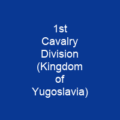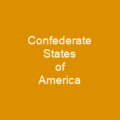Fort Hood is a United States Army post located in Killeen, Texas. Named after Confederate General John Bell Hood, it is located halfway between Austin and Waco. It is the headquarters of III Corps and First Army Division West and is home to the 1st Cavalry Division and 3rd Cavalry Regiment.
About Fort Hood in brief

The Fort Hood area is located in Bell County, with the training countryside area of the post in Coryell County. The base is one of ten U. S. Army bases named after former Confederate generals. In January 1942, the War Department announced the selection on 15 January 1942. It was estimated that the camp would cost USD 22. 8 million for the land, facilities, and development of utilities. The date of completion was set for 15 August 1942. About 300 families had to move from their homes to make room for the camp area and the communities of Clear Creek, Elijah, and Antelope were demolished to facilitate construction of the base. In late June 1943, the number of tank destroyer battalions in training at Camp Hood declined rapidly. By September, the largest activity with 31,545 troops was the Infantry Replacement Training Center. By the end of the last year of 1944, the total camp population was 50,.228 troops. As the war came to an end, troop training slowed and equipment reclamation and equipment demobilization were prioritized and the post was established as a separation center in September, 1945. A total of 11,807 troops were sent from the post after the 2nd Armored Division was sent from Europe in 1946. It has been named for distinguished military leaders together with Camps Carson, Campbell and Atterbury. The first post to be named after a former Confederate general was Camp Carson.
You want to know more about Fort Hood?
This page is based on the article Fort Hood published in Wikipedia (as of Dec. 09, 2020) and was automatically summarized using artificial intelligence.







